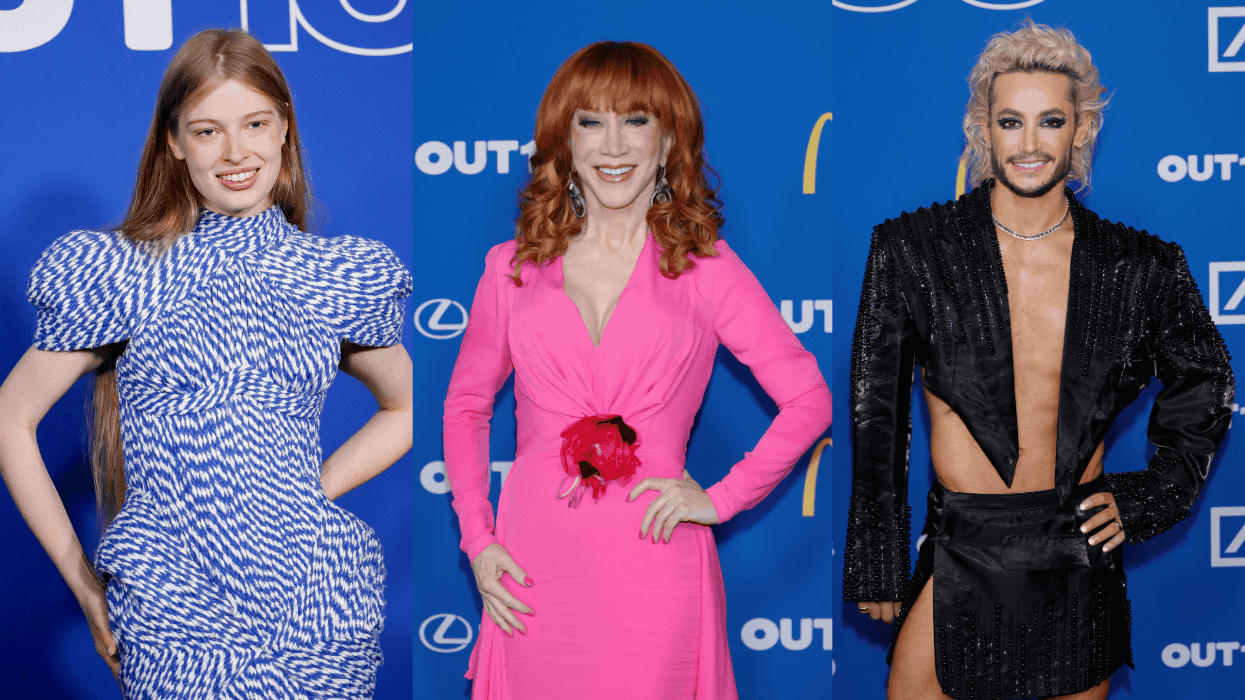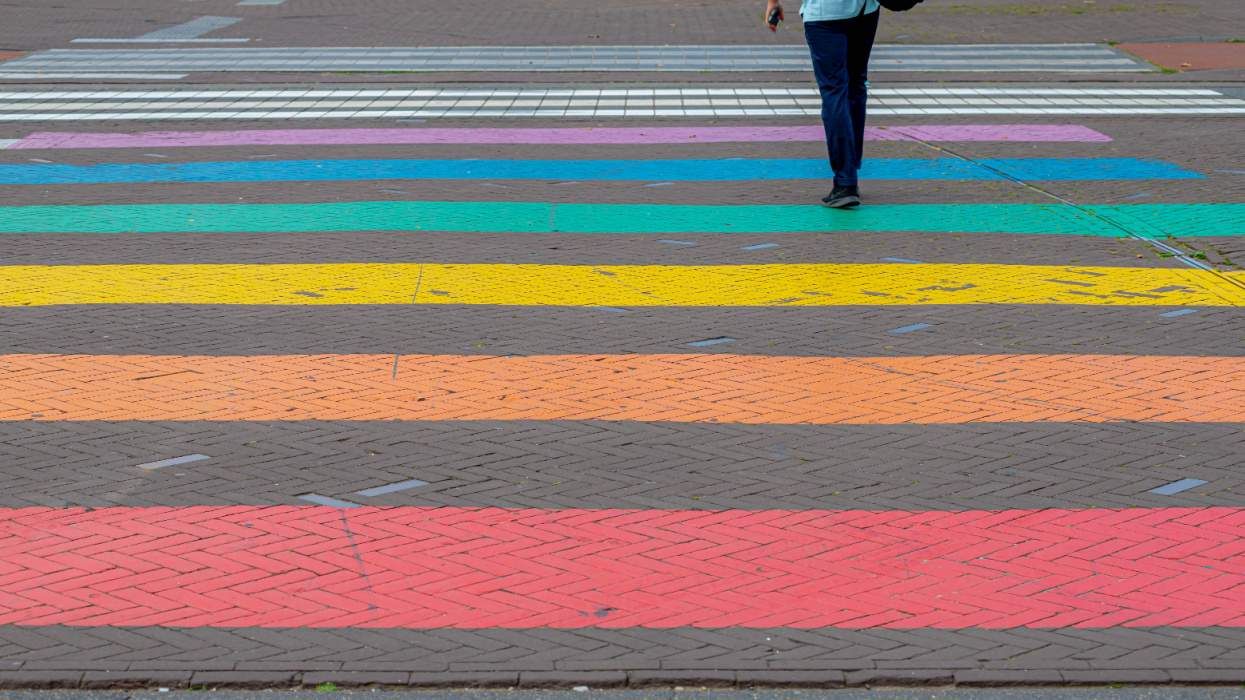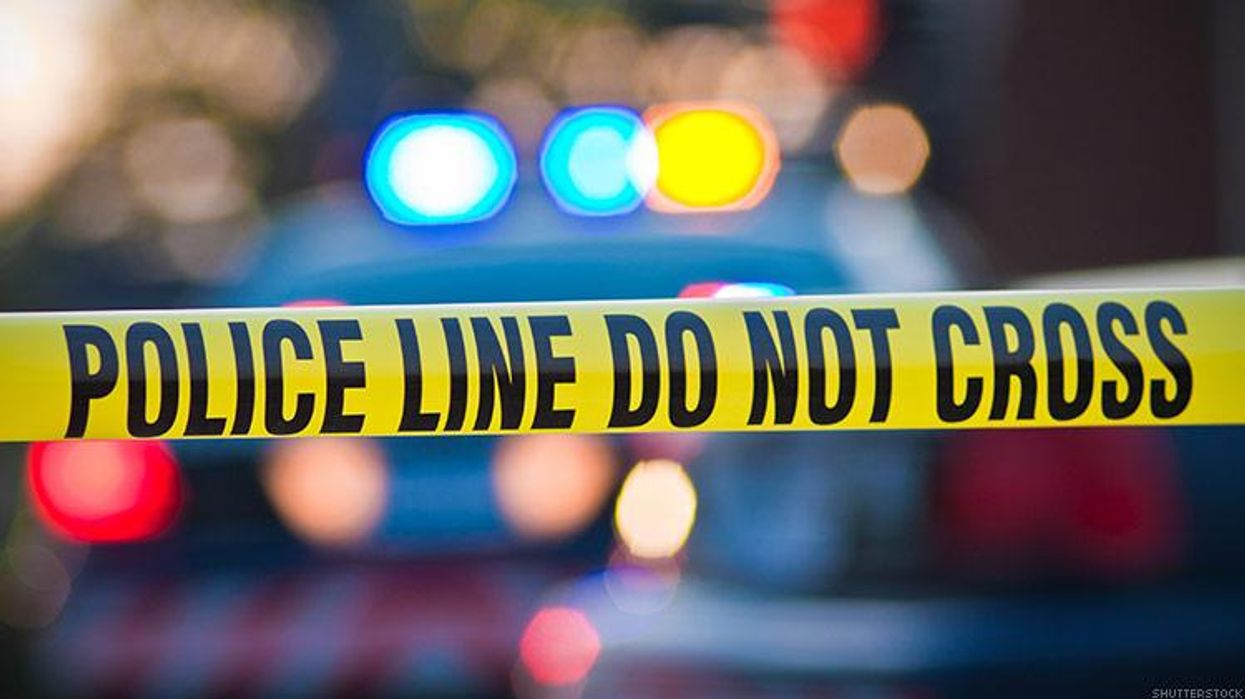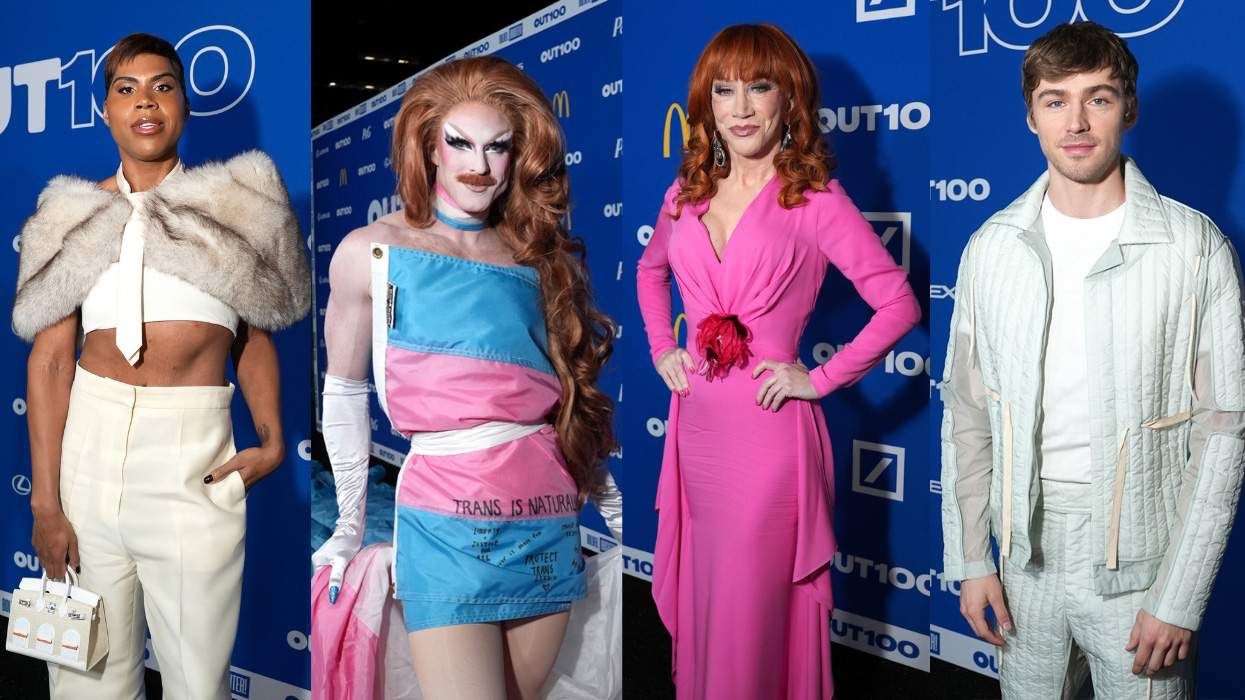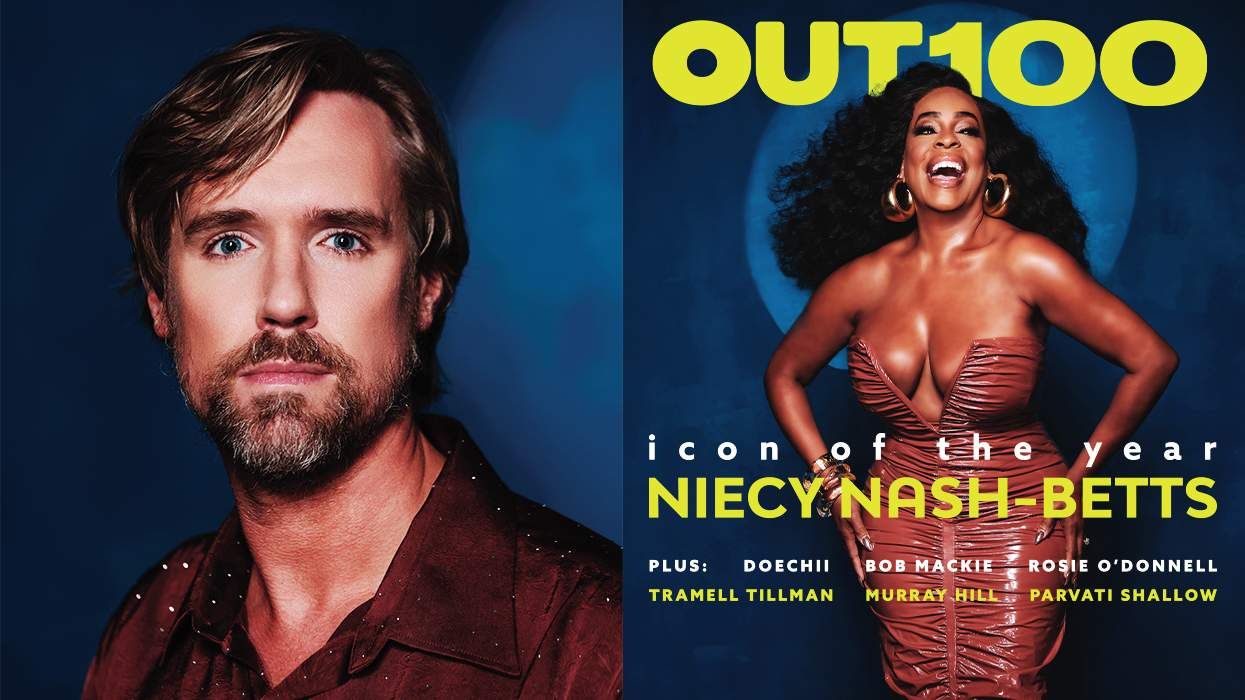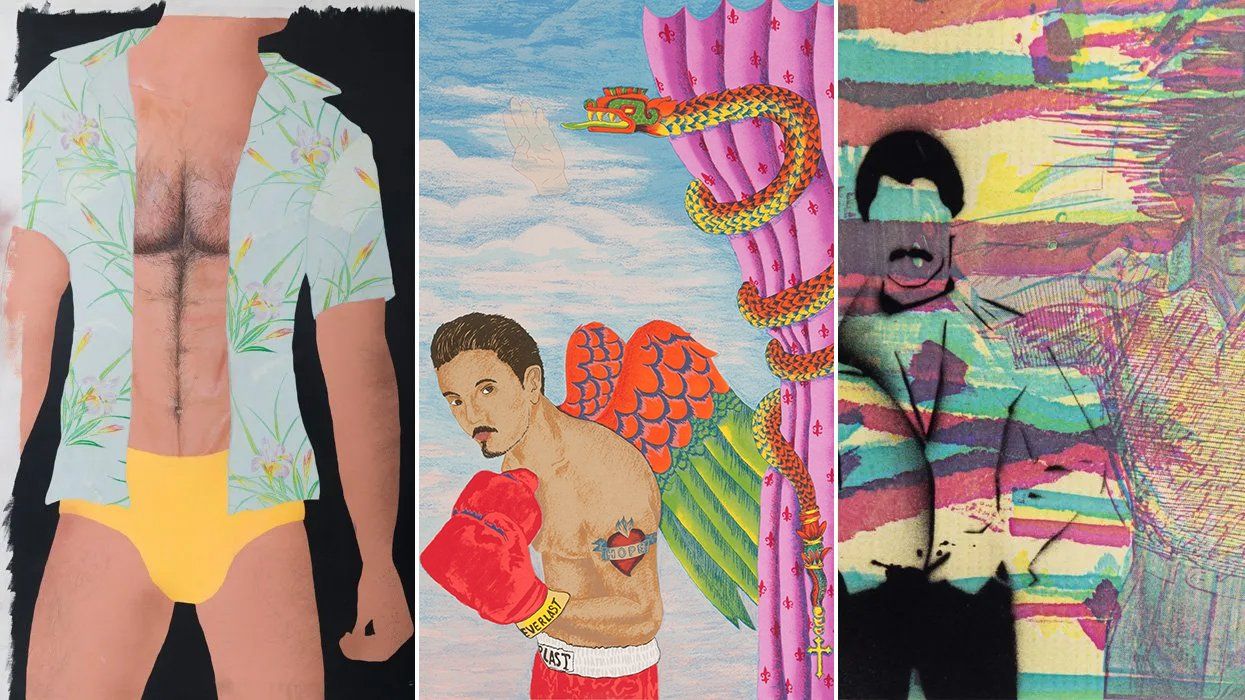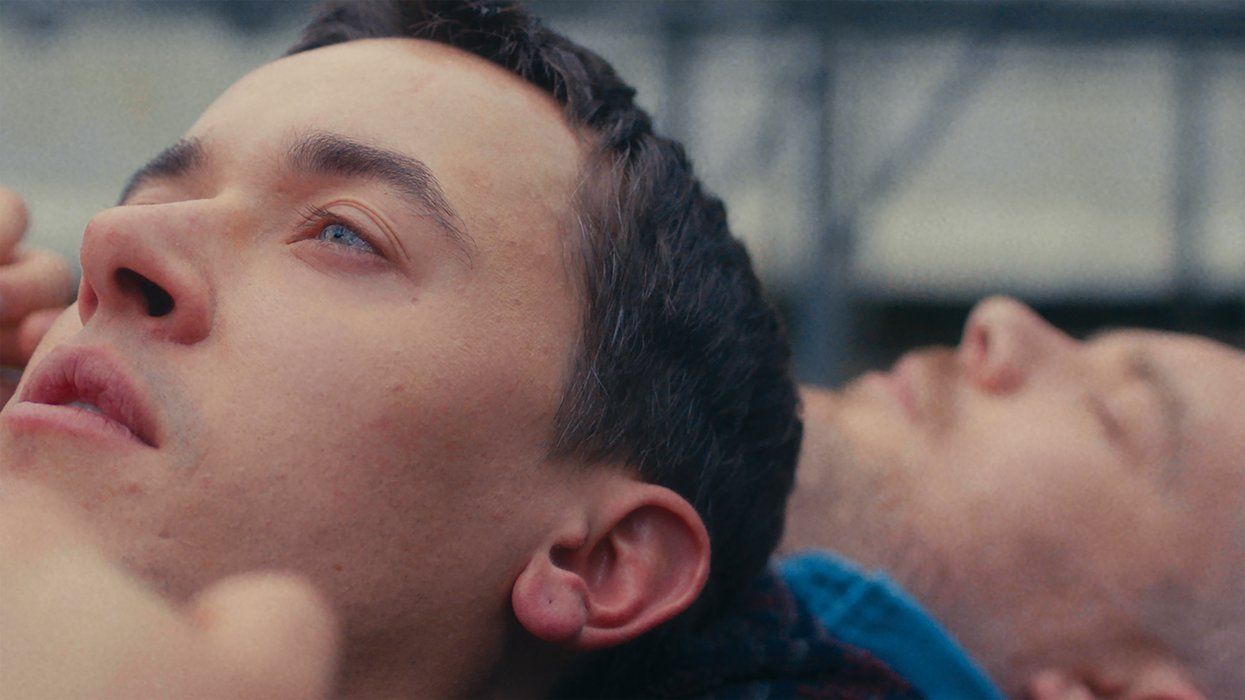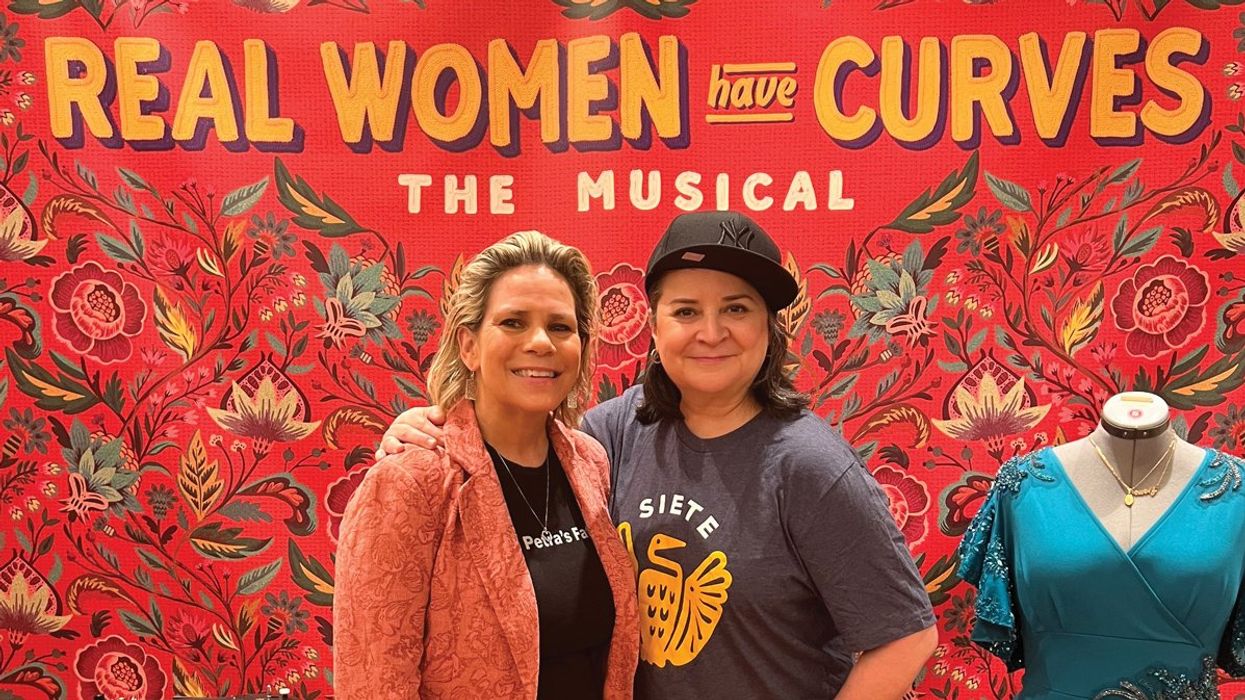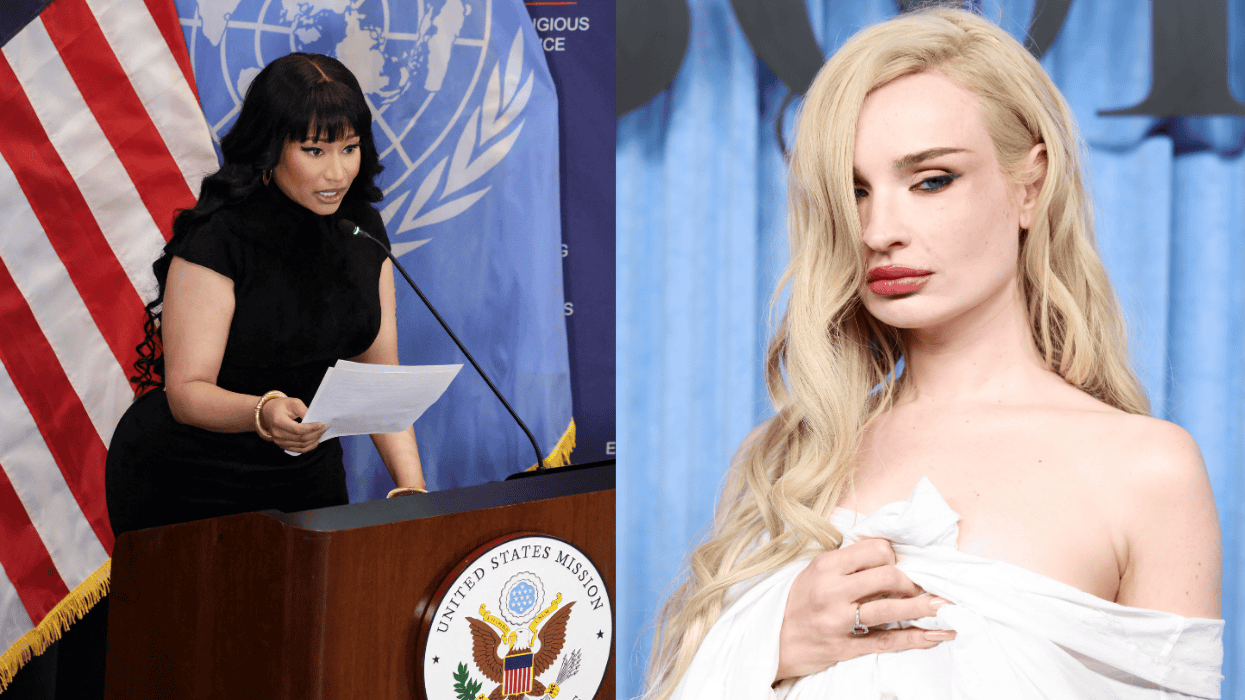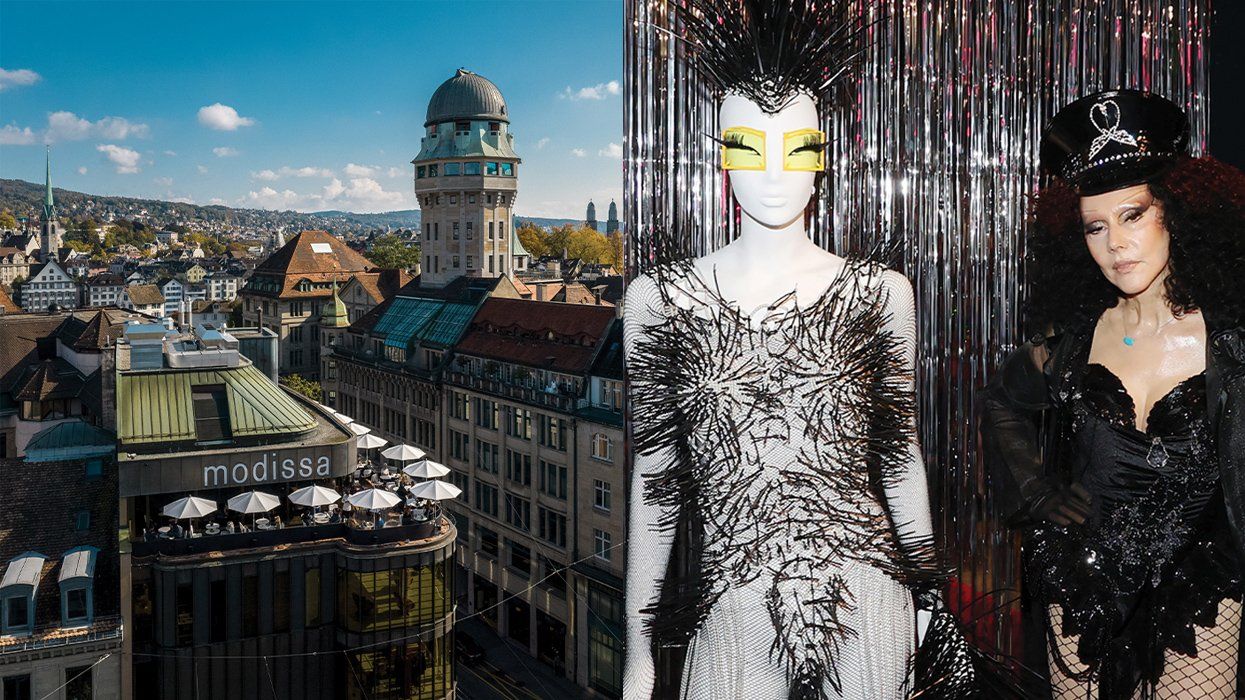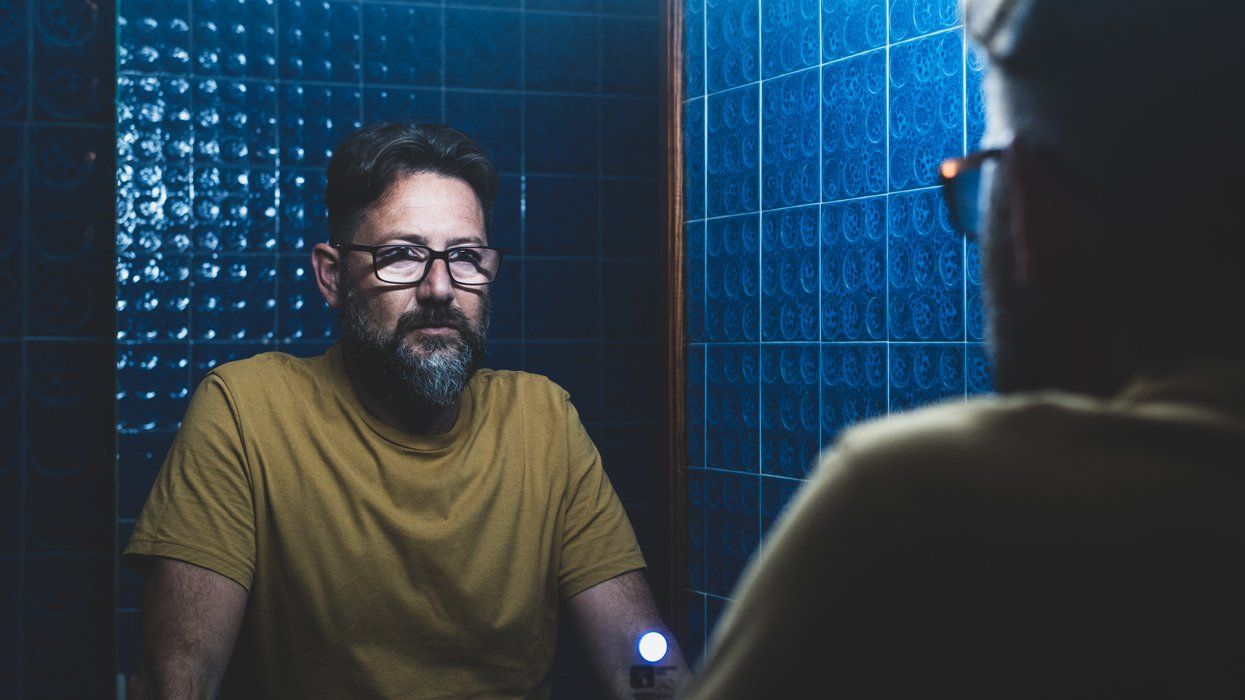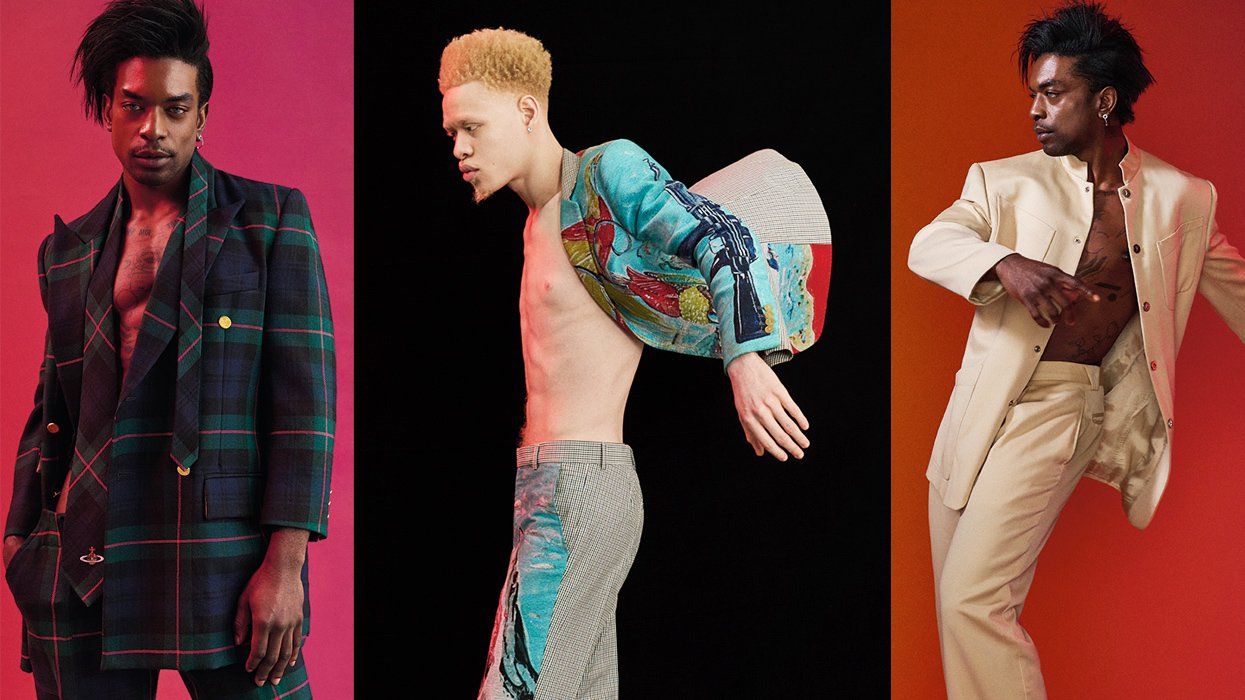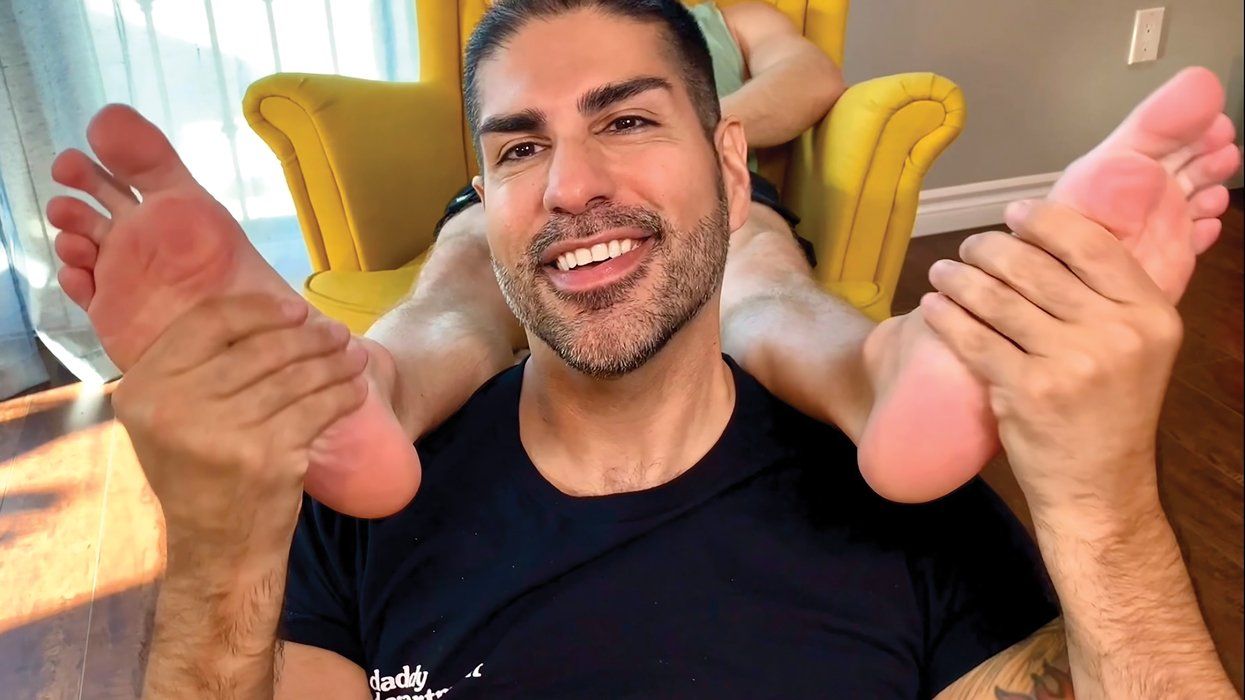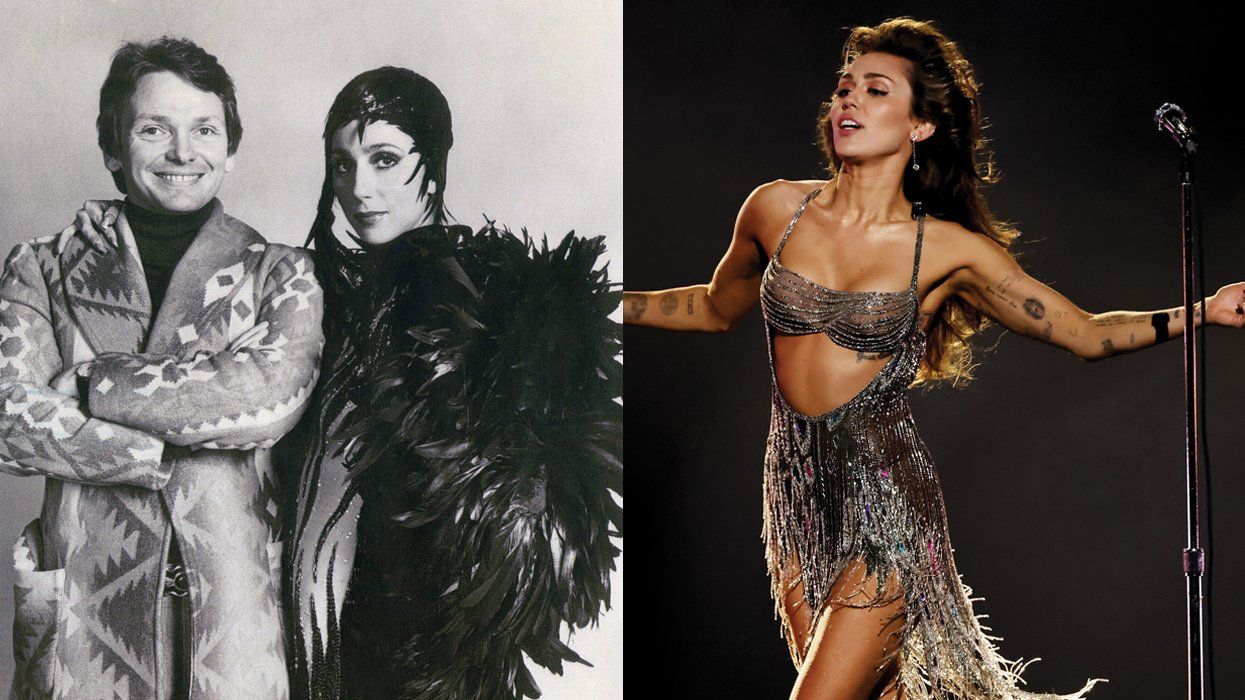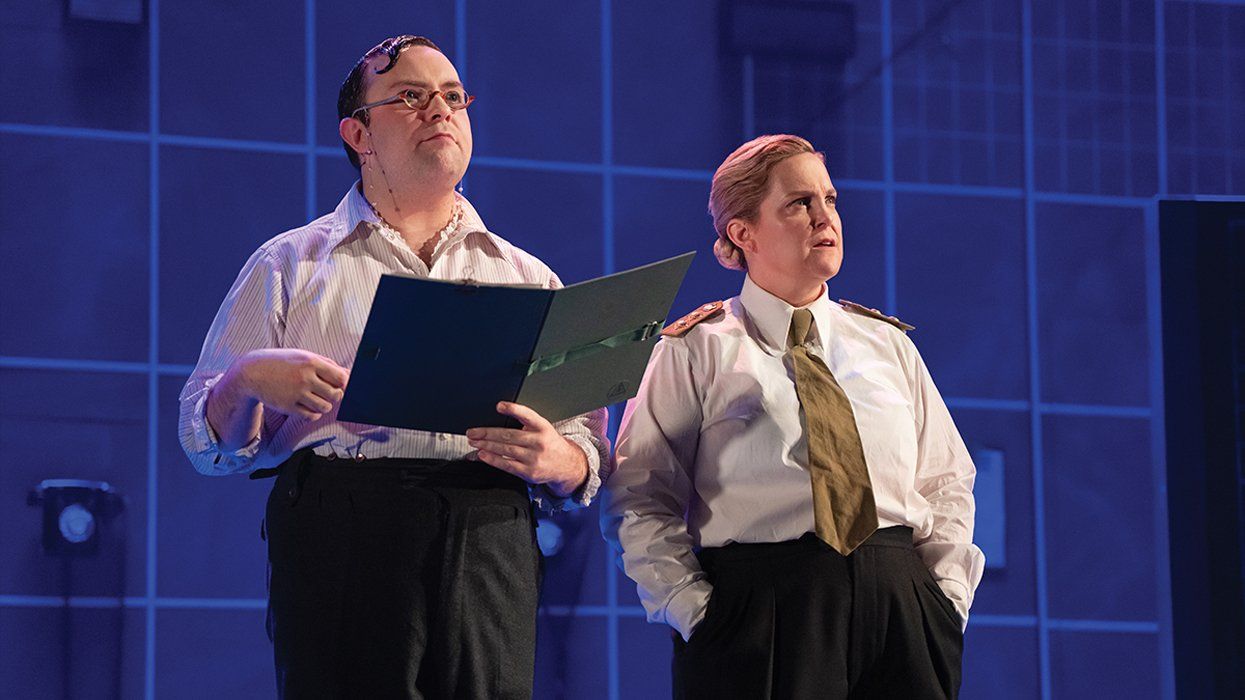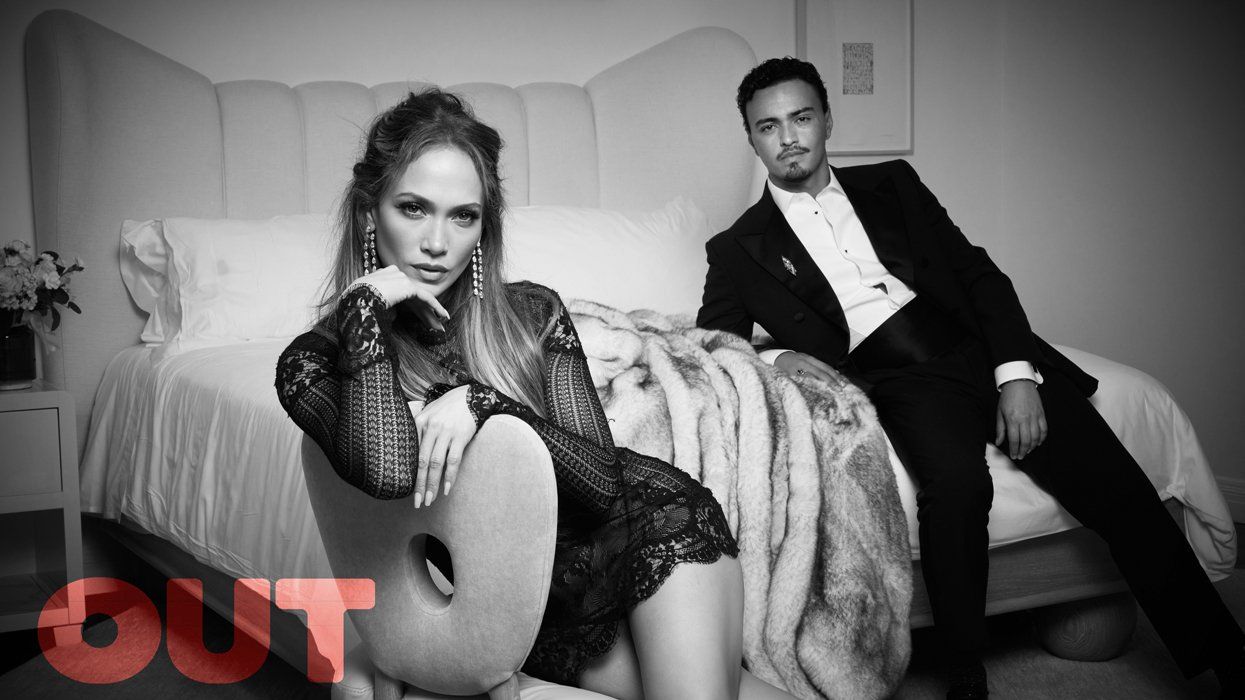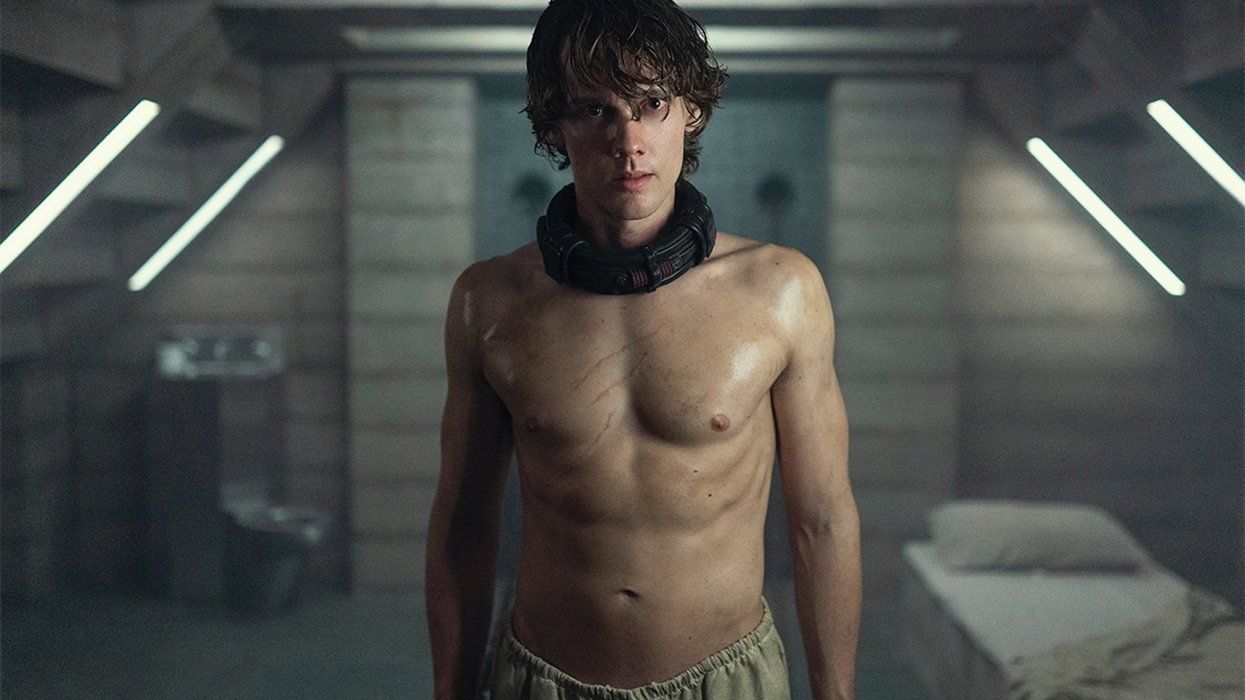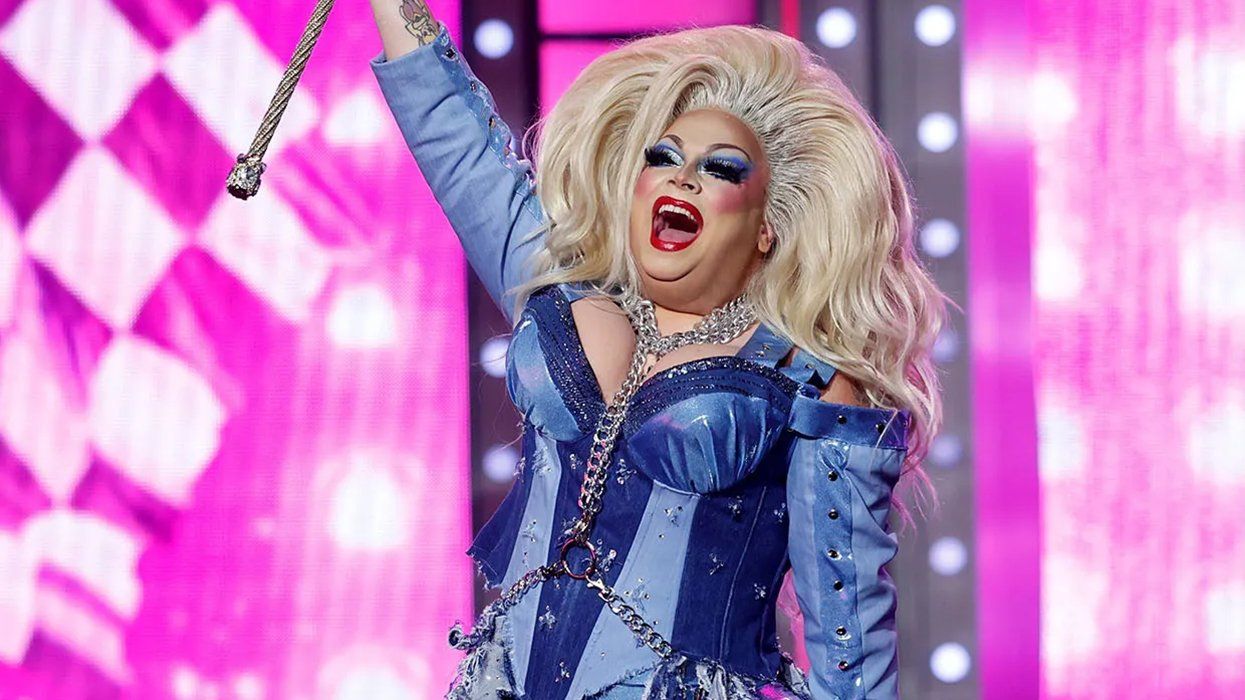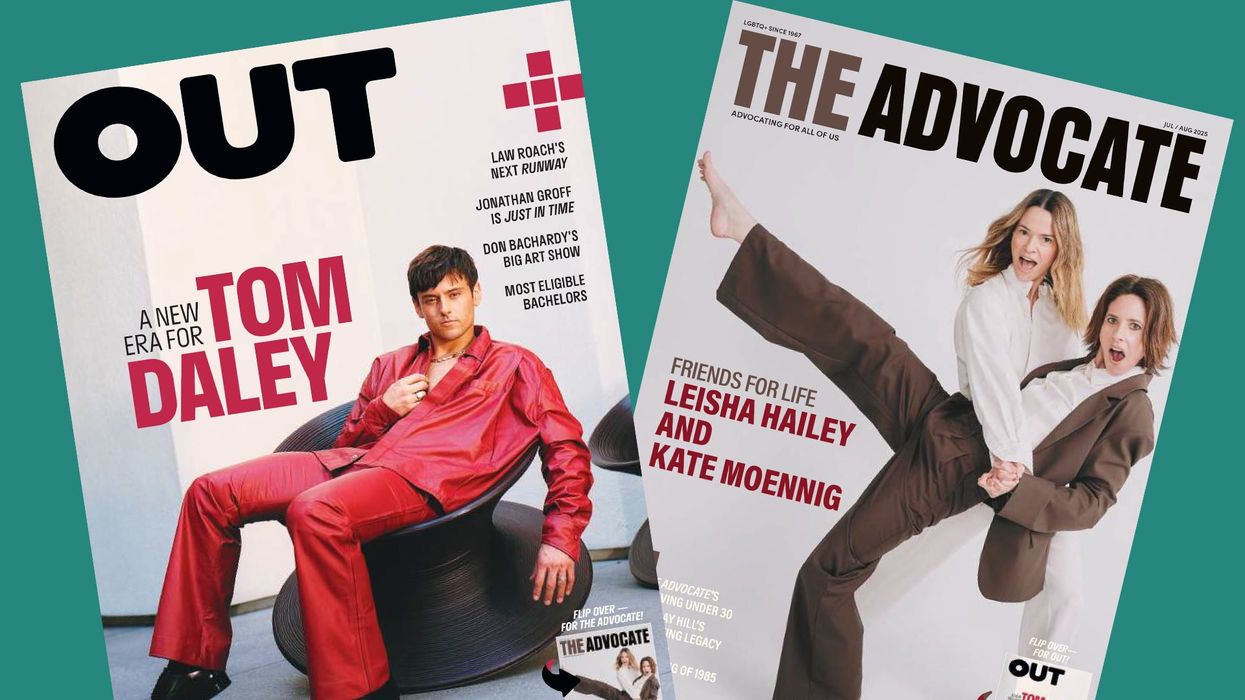Hugh Ryan is devoted to highlighting the stories of queer people that history almost forgot. In his columns, Ryan has featured figures from Claude Cahun, a gender non-conforming photographer and anti-fascist, to iconic Jazz Age singer and dancer Mabel Hampton.
His first book, When Brooklyn Was Queer, which releases from St. Martin's Press next year, is the first complete account of Brooklyn's queer history. Ryan's focus is on the ways in which the waterfronts of Brooklyn -- everything from the naval yards to Coney Island -- functioned as sites of queer community. In conjunction with his research, Ryan is co-curating the exhibit "On the (Queer) Waterfront" at the Brooklyn Historical Society in March 2019.
OUT: What can queer people gain from knowing their history?
Hugh Ryan: I don't think we have a very complete understanding of any history until we understand the queer parts of it or, in general, the marginalized parts of it.
Without queer history, queer kids don't know they have a past. They don't know that there are people like them in history, and that if you go further back or further away from the time and place where you live, there are people who we would think of as "queer," but they didn't use that word. They didn't think about themselves in the same way, and they led these lives that are very different than ours.
I think the importance of queer history is both seeing actual queer people, like we are today, functioning in the world and understanding how their lives and their actions and their identities changed all of history, but also seeing queer people who are not like us and that show that what we think of as the way sexuality and gender functions has not always been the case.
You're talking about queer history in terms of its representational value as well as its value in challenging our ideas about queer identity. When you're writing a history, how do you balance the desire to represent with the need to use labels authentic to the time and place?
HR: Brooklyn is great for that. It's one of the reasons I was so excited to write this book.
1855 is about the time when I start my history. About a decade later, in Germany, the words "heterosexual" and "homosexual" get coined for the first time. So if you follow the queer history of Brooklyn, you can follow as these ideas of homosexuality and heterosexuality develop and disseminate and how they change the way people live and how they're responded to.
Just by actually paying attention to the history, it's really easy to pull out the moments when queer people start to look more like the people we think of as today and the moments where they are not very similar to what they are today.
That was helped in part by letting go of the language of "gay men" and "lesbian women" and "trans people" and bringing that in when it becomes appropriate, but also looking for the words people were using for themselves in those periods--and what did that mean to them, and what was that experience like.
I didn't assume that just because a man is having sex with another man, they're a gay man in the same way I might call myself a gay man.
You've published a number of articles about little-known queer figures from history. What story has gotten the most reaction from readers?
HR: One that I would not have expected is the story of Buddy Kent, a.k.a Malvina Schwartz. She was a drag king in New York starting in the late 1930s, but really after World War II is when she got her start.
[An author friend, Lisa Davis] told me that there was this interview with Buddy from the Lesbian Herstory Archives that she had on a CD. So we met, and she gave me this CD, and I put it on my computer, but it was super glitched up. It jumped and skipped everywhere. And when I went to get the tape from the Lesbian Herstory Archives, it turned out their tape didn't have all the information the CD did. [The friend] didn't know where the rest of the interview had come from and she had no other copies of it.
So the CD was this weird document that told more than anyone else knew but told it completely out of order. It was this bizarre metaphor for queer history. It was passed to me from hand to hand. It was fragmented. It didn't quite add up. But it was the only evidence I could find of this really, bold crazy world that Buddy lived in.
So the story [I published about Buddy and the missing archive] gave people a way to understand that queer history is fragmented, that it's passed hand to hand. Showing what it means that there's only one or two pieces of evidence to stand in for a whole community that might have existed for twenty years is really powerful.
In what ways did the queer history of Brooklyn specifically differ from the queer history of the U.S.?
HR: Because of the Eerie Canal, and because New York City becomes the number one port in America for most of the late 1800s and a lot of that shipping happened through Brooklyn, Brooklyn is really exceptional. A huge number of people come through it. Through the late 1800s, Brooklyn [which at the time was not part of New York City] was something like the sixth biggest city in the world according to most estimates.
Brooklyn really had its own identity up until 1898 when it merged with New York. Yes, that identity was certainly more conservative and more white than Manhattan was, but you get this world that was complex and complicated and has a lot of people from around the world coming through it. And in that sense, Brooklyn is exceptional. And because Manhattan is right there, and Manhattan is the epicenter for so much queer culture, Brooklyn can't help but be caught up in all of that. So while Brooklyn has its own queer community, it also draws from Manhattan in a lot of different ways. You have these sister cities.
The descriptions for your book note that waterfronts provide a haven for queer life. Why is that?
HR: I was looking into where Brooklyn's queer history happened first, and what I started to find is that it was in certain waterfront neighborhoods. Brooklyn is a port city, and those neighborhoods [on the waterfront] are the oldest parts of the city.
The reason the waterfront grows and becomes so important is because of jobs. The bigger the city gets, the more of those jobs are open to queer people, either because they just need work or because there's a certain level of anonymity.
You get all these jobs. These jobs bring in workers. These workers need entertainment, saloons, bars, sex, and so you also get jobs that particularly rely on people's gender or sexuality. A lot of entertainers, a lot of sex workers. Those jobs too get taken up by queer people.
Particularly in the Brooklyn context, there are five jobs that appear along the waterfront more than they do other places, and those jobs are sailors, artists, entertainers, sex workers, and female factory workers.
Historical archives often marginalize out people of color, low-income people, and women. When you approached this book, did you find specific ways to incorporate stories beyond just those of white cis men?
HR: Going into this, I thought of Brooklyn as a very diverse space, and I thought that would be true going back. But what I quickly learned is that pre-1940, Brooklyn is a really white space. Up until the 1910s, it's something like over 98 percent white. That was a real shock.
So what I started to do was ask myself what were the racial and racist conditions of Brooklyn, what were the gendered and misogynist conditions of Brooklyn. How did this city construct itself? And how did this queer community construct itself? I wanted to use it to understand why we still have such legacies of racism and misogyny in the queer community. Because these communities did develop separately, and I really need to take that up and explain it.
Fundamentally, race and gender are subjects of analysis in every chapter of my book. I think they structure the queer community, and they structure Brooklyn. Once I started doing that, then it was very easy to see queer people of color in the actual history. Once I understood how things functioned, I was able to understand where I should be looking.
For instance, when you go all the way back to 1855, there's one black neighborhood in Brooklyn. It's called Weeksville. It's established in the late 1830s, and it's a pretty booming neighborhood by the 1890s. It's a space that offered for black people both safety, a little bit of anonymity, and economic freedom. The same conditions that white queer people may have found on the waterfront, you could see in Weeksville for black people.
If you are looking just in quote-unquote regular newspapers, you're not going to find most of the stories of people of color. You really need to look at the archives of historically black newspapers. You need to be going to the records that are kept at historically black colleges and universities. You have to be going to these collections because so often the quote-unquote mainstream institutions don't keep the records of people of color.
You can pre-order When Brooklyn Was Queer here.
Want more from Michael Waters? Follow him on Twitter.



